SUSTAINABILITY
AND ENVIRONMENT
OUR RESPONSIBILITY
Banner has been committed to optimum safety, health and environmental protection for many decades. Strict guidelines constantly brought into line with new findings offer optimum protection for employees, neighbours, customers, consumers and the environment.
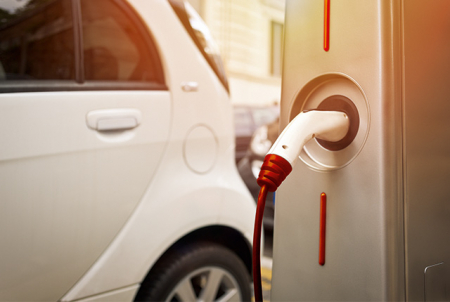
ENVIRONMENT & RESPONSIBILITY
Global warming and the increasing scarcity of fossil fuels are leading to environmental regulations and consequences.
To reduce CO2 emissions from new vehicles, manufacturers are turning to micro-hybrid drives. Battery technology plays a decisive role in this!
In these environmentally friendly vehicles, two different starter battery systems are basically used: AGM* (Absorbent Glass Mat) and EFB* (Enhanced Flooded Battery).
* AGM = absorbent glass mat, where the acid is absorbed into the glass matting, which binds it.
* EFB = enhanced flooded battery, the cycle-resistant starter battery.
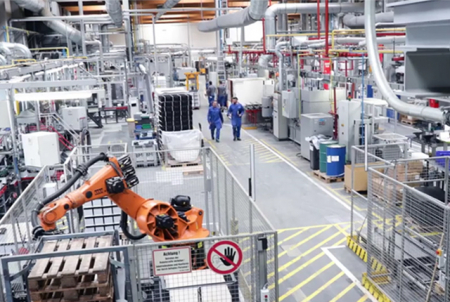
MODERN & ENVIRONMENTALLY FRIENDLY
Banner Batterien operates one of the most modern and environmentally friendly battery plants in Europe.
Sustainability and environmental protection are an essential part of the company’s philosophy. Banner is a founding member of the Environmental Forum on Starter Batteries. As a lead-emitting company, Banner accepts a special responsibility.
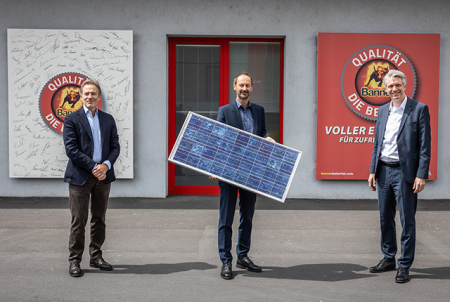
POWER FROM THE SUN
A 3,000 m² photovoltaic plant is being built at the Linz site by LINZ AG.
This will supply the site with almost half a million kilowatt hours of emission-free solar power per year. The electricity generated by the plant will be used entirely in the production of starter batteries, industrial batteries and accessories.

BATTERY TRANSPORT & COLLECTION NETWORK
Our network, which is used to deliver new batteries, is also used to reliably collect used batteries and send them for recycling. At recycling facilities, used batteries are disassembled and their components are separated before the recycling process can begin.
LEAD
Lead-containing ingredients and lead oxide are used in the production of new batteries. Recycled lead is also used to make new lead grids.
PLASTIC
Plastic battery casings and covers are collected and shredded. The plastic pellets recovered from this process are used in the production of new casings and covers.
ELECTROLYTE
Used electrolyte is processed into sodium sulphate. This is used as a solid in textile, glass, cleaning and fertiliser production.
EUROPEAN RECYCLING CHAMPION!
Banner lead-acid batteries: 100% recycling rate!
Comparing EU recycling rates:

Sustainability at Banner
"Sustainability means using our resources in a way that ensures future generations have the same opportunities as we do. It’s about balancing ecological, social, and economic aspects to preserve a livable world in the long term. This includes responsible environmental practices, promoting social justice, and ensuring economic stability. Banner has been committed to sustainability for many years—whether through the high recycling rate of its batteries, installed photovoltaic capacities at the Linz-Leonding site, or a code of conduct for employees, customers, and suppliers."
Sabine Rath, MSc
Sustainability Manager, Banner GmbH
Phone: +43 732 3888 21217 | Mobile: +43 676 8738 1217
Email: sabine.rath@bannerbatterien.com
Bannerstraße 1, 4021 Linz, Austria
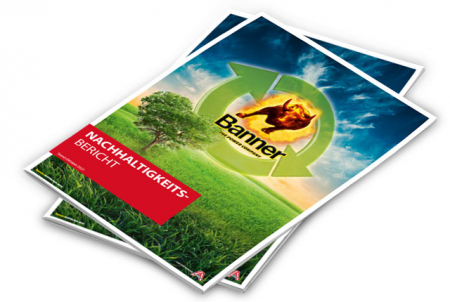
Banner sustainability report
The purpose of this report is to provide an overview of how Banner implements sustainability in its processes and what progress has been made in the past. For this reason, this report is updated every two years to keep Banner partners informed of the latest developments.
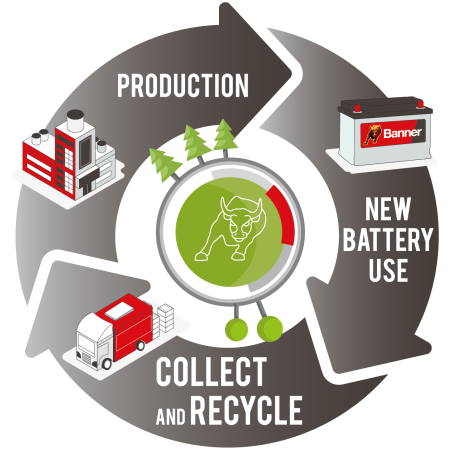
Banner Environmental Policy
Banner is aware of its responsibility towards the environment and future generations. This is why the environmental policy is decided upon, implemented and controlled at the highest management level as a key strategic management tool. The current version of the environmental policy, validly signed by the management, is known to all employees and accessible to everyone.
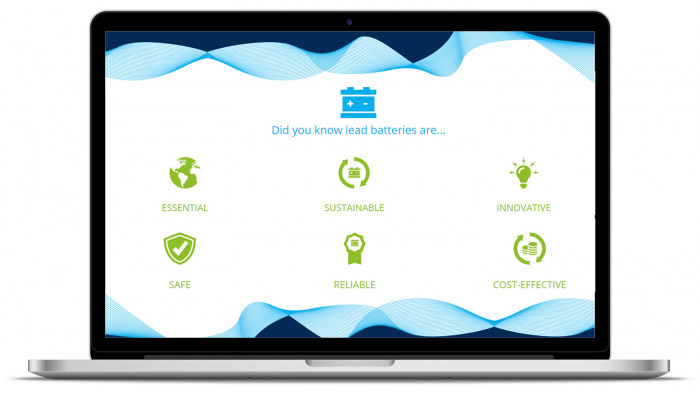
CHARGE THE FUTURE
Europe’s innovative, low-carbon lead-acid battery value chain.
Charge the Future shows how lead-acid batteries and the European lead-acid battery industry are supporting a low-carbon future. Lead-acid batteries are integral to essential products and services, including vehicles, renewable energy storage, mobile phone backups and data centres. They are used for many other applications, including industrial energy, powering forklifts, and throughout the rail and mass transit industries.
Sabine Rath, MSc
Sustainability Manager, Banner GmbH
Telefon: +43 732 3888 21217 | Mobil: +43 676 8738 1217
Email: sabine.rath@bannerbatterien.com
Bannerstraße 1, 4021 Linz, Austria

